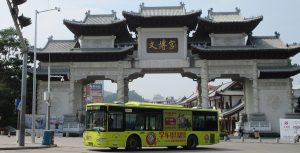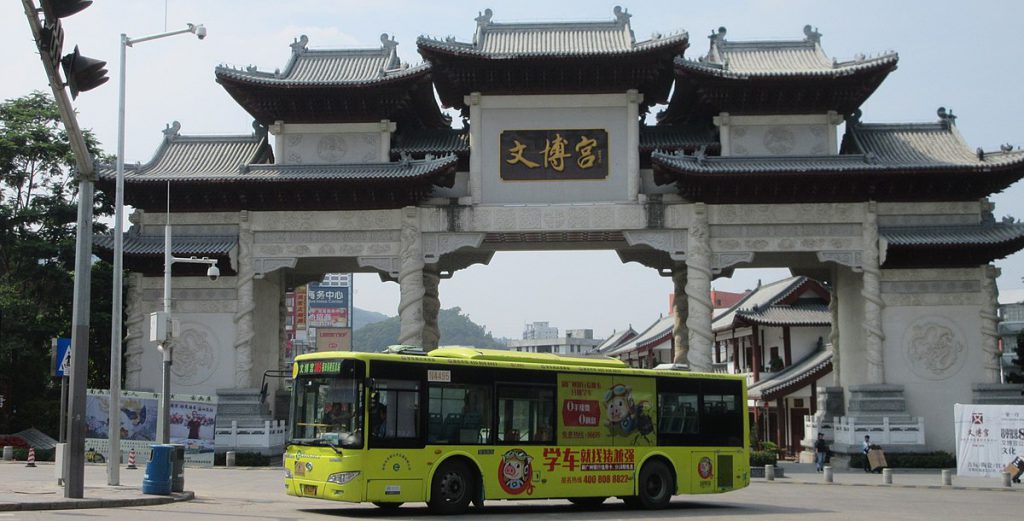
Here’s an article about a superspreader event… which of course falls under the rubric of the microbiology of the built environment, because all these large transmission events happen indoors! “Community Outbreak Investigation of SARS-CoV-2 Transmission Among Bus Riders in Eastern China” describes… well like it says in the title. Good evidence for airborne spread here, really the Abstract (below) says it all:
Importance Evidence of whether severe acute respiratory syndrome coronavirus 2 (SARS-CoV-2), the virus that causes coronavirus disease 2019 (COVID-19), can be transmitted as an aerosol (ie, airborne) has substantial public health implications.
Objective To investigate potential transmission routes of SARS-CoV-2 infection with epidemiologic evidence from a COVID-19 outbreak.
Design, Setting, and Participants This cohort study examined a community COVID-19 outbreak in Zhejiang province. On January 19, 2020, 128 individuals took 2 buses (60 [46.9%] from bus 1 and 68 [53.1%] from bus 2) on a 100-minute round trip to attend a 150-minute worship event. The source patient was a passenger on bus 2. We compared risks of SARS-CoV-2 infection among at-risk individuals taking bus 1 (n = 60) and bus 2 (n = 67 [source patient excluded]) and among all other individuals (n = 172) attending the worship event. We also divided seats on the exposed bus into high-risk and low-risk zones according to the distance from the source patient and compared COVID-19 risks in each zone. In both buses, central air conditioners were in indoor recirculation mode.
Main Outcomes and Measures SARS-CoV-2 infection was confirmed by reverse transcription polymerase chain reaction or by viral genome sequencing results. Attack rates for SARS-CoV-2 infection were calculated for different groups, and the spatial distribution of individuals who developed infection on bus 2 was obtained.
Results Of the 128 participants, 15 (11.7%) were men, 113 (88.3%) were women, and the mean age was 58.6 years. On bus 2, 24 of the 68 individuals (35.3% [including the index patient]) received a diagnosis of COVID-19 after the event. Meanwhile, none of the 60 individuals in bus 1 were infected. Among the other 172 individuals at the worship event, 7 (4.1%) subsequently received a COVID-19 diagnosis. Individuals in bus 2 had a 34.3% (95% CI, 24.1%-46.3%) higher risk of getting COVID-19 compared with those in bus 1 and were 11.4 (95% CI, 5.1-25.4) times more likely to have COVID-19 compared with all other individuals attending the worship event. Within bus 2, individuals in high-risk zones had moderately, but nonsignificantly, higher risk for COVID-19 compared with those in the low-risk zones. The absence of a significantly increased risk in the part of the bus closer to the index case suggested that airborne spread of the virus may at least partially explain the markedly high attack rate observed.
Conclusions and Relevance In this cohort study and case investigation of a community outbreak of COVID-19 in Zhejiang province, individuals who rode a bus to a worship event with a patient with COVID-19 had a higher risk of SARS-CoV-2 infection than individuals who rode another bus to the same event. Airborne spread of SARS-CoV-2 seems likely to have contributed to the high attack rate in the exposed bus. Future efforts at prevention and control must consider the potential for airborne spread of the virus.
